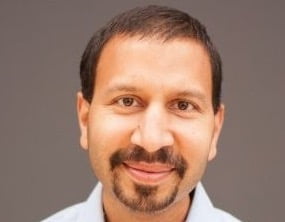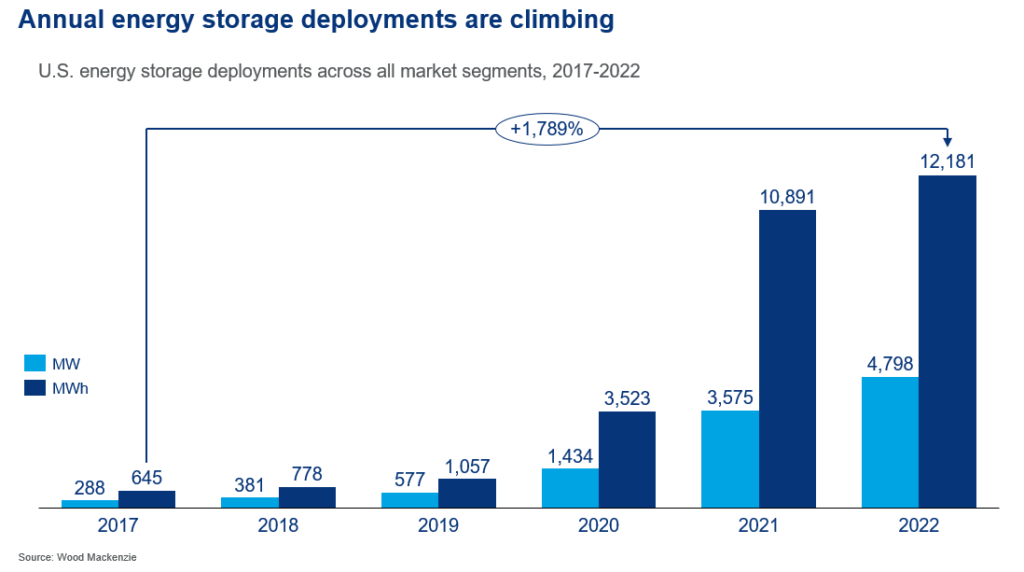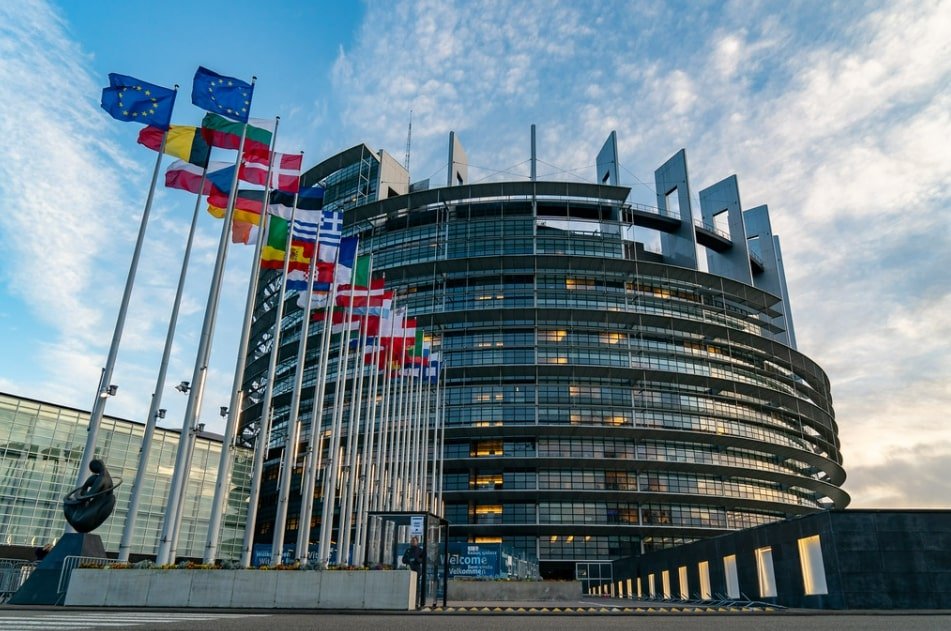Image: European Parliament.
Initial reaction to the European Commission’s proposal on reforming Electricity Market Design (EMD) from energy storage industry associations and participants has been largely positive.
The European Commission (EC) published its proposal yesterday, as reported by our colleagues at PV Tech. According to energy storage industry sources, the final proposal does not deviate greatly from an earlier leaked draft.
That draft put energy storage front and centre of European Union (EU) efforts to maintain security of energy supply as the transition to renewable energy accelerates in the bloc, with storage regarded as a key flexibility resource along with other measures like scaling up demand response and interconnectors.
Also published yesterday was a recommendation from the EC on how to promote the acceleration of energy storage deployment, as reported by Energy-Storage.news.
Electricity Market Design reactions from trade groups
European energy storage trade association EASE said it welcomed the EC’s “raised ambition for energy storage” in the proposed EMD reforms. EASE applauded the Commission for recognising: “the crucial role of energy storage in enabling the deployment of renewable energy and reducing dependence on fossil generation”.
It was “incredibly positive,” EASE said in a statement sent to this site, that the EC wants to improve how capacity markets work, to design support schemes for flexibility resources, introduce flexibility objectives at national level for EU Member States, and encourage the uptake of power purchase agreements (PPAs), particularly for large corporate users of electricity.
Capacity markets:
These have historically provided long-term contracts that have gone to fossil fuel-based resources. EASE noted that while this has been justified to date by the role played by these lucrative contracts in energy security, the Russian invasion of Ukraine and subsequent energy crisis laid bare that it would be a mistake to keep relying on fossil fuels. European capacity markets should gradually lower the cap on carbon intensity of eligible resources, EASE said.
National flexibility objectives:
These mandates for Member States to assess their flexibility requirements on an ongoing basis were “warmly welcomed” by the trade group.
Flexibility support schemes and PPAs:
These schemes would “strike a good balance between providing revenue certainty and ensuring exposure to price signals,” which EASE said is essential to the business case for energy storage projects. On a related note, PPAs would help by providing long-term revenue certainty, but should be based on time-matching renewable energy generation with consumption.
Another trade association, Smart Energy Europe (SmartEn), provided a brief statement from its executive director, Michael Villa, calling the Electricity Market Design proposal “a solid one,” and urging EU co-legislators “to support and, eventually, improve these proposals to protect, empower and reward consumers for their contribution to a cost-effective clean energy transition”.
SmartEn promotes consumer-driven energy transition technologies including support for efforts to electrify transport and buildings, as well as homes and businesses.
Villa went on to say that the national flexibility objective for demand response and storage would be a “major step forward” to quantify, track and stimulate flexibility in the network, while describing various other aspects of the plan such as aiming for greater energy sharing between states and wholesale market rules also as steps in the right direction.
The only area where EASE and SmartEn’s assessment of the proposal deviates slightly is that reforms to promote peak shaving were questioned by the energy storage group and welcomed by SmartEn.
In short, peak shaving means energy consumers that reduce the amount of electricity they use from the grid at peak times can not only save money on their electricity bills, but also reduce strain on the grid and its operators. That can also have a significant impact on carbon intensity of grid electricity.
However, the EC’s proposal for peak shaving only really covers behind-the-meter resources, and this therefore excludes standalone or large-scale energy storage systems from participating. Comments from a representative of battery storage company Fluence echoed EASE’s concern around this exclusion.
Industry players Wärtsilä and Fluence
Wärtsilä Energy director of growth and development Louis Strydom said the focus on flexibility was welcome, but advocated that “firm, flexible capacity” – which basically means natural gas generation in today’s energy system context – should continue to play a role, which Strydom said has been overlooked by the EC.
Wärtsilä Energy is well-known to readers of this site as an integrator and manufacturer of battery energy storage system (BESS) solutions, but of course its legacy business lies largely with the gas-fired thermal engines it also makes. The company does believe however that it can decarbonise these over time with additions of fuel such as green hydrogen.
“Energy storage and balancing engine power plants are not competing technologies. Like two sides of the same coin, they’re complementary solutions for improving grid reliability and resilience. To capitalise on renewables – we need major increases in all forms of flexible capacity, working together to balance the renewable path to net zero,” Strydom said.
According to a Wärtsilä study therefore, Europe needs about 50GW of energy storage alongside 19GW of “new flexible gas capacity” by 2030 to support an additional 1,100GW of renewable energy capacity by that time.
Fluence’s views on the EMD and its process are pretty well documented to date, with its EMEA market and policy directors Julian Jansen and Lars Stephan having written up their own recommended proposals for our quarterly journal PV Tech Power.
Stephan also commented recently on the leaked draft Electricity Market Design reforms, as well as the energy storage recommendations yesterday, calling the former the “strongest legislative language” in support of energy storage from the EC to date and the latter a de facto “energy storage strategy” for Europe.
Stephan told Energy-Storage.news today that those descriptions still stand, stating that in the proposal he found: “The Commission strongly highlighting the need for energy storage to integrate the increasing shares of renewables, and the language on this has never been stronger”.
“The Commission proposal provides a clear pathway for Member States to bring clarity around system needs for flexibility, and enables member states to find appropriate support schemes for storage and demand response. We believe storage will integrate via markets into electricity grids, as it does today in many European countries. But the support mechanisms provide member states now with new options, in a similar way as they exist today for renewable assets,” Stephan said.
However, as EASE did, Stephan said restricting the peak shaving schemes to behind-the-meter resources only would be a mistake, while adding that stronger consideration of the role energy storage can play in supporting transmission system operators (TSO) and distribution system operators (DSOs), as included in the energy storage recommendation yesterday was welcome.
“The swift implementation of those key provisions on member state level will be key,” Stephan said.
“As with the Clean Energy Package, some countries will go ahead fast than others e.g., recent tenders being launched in Spain and Greece, and this proposed Electricity Market Design enables those first movers to go ahead quicker than before.”
Continue reading










